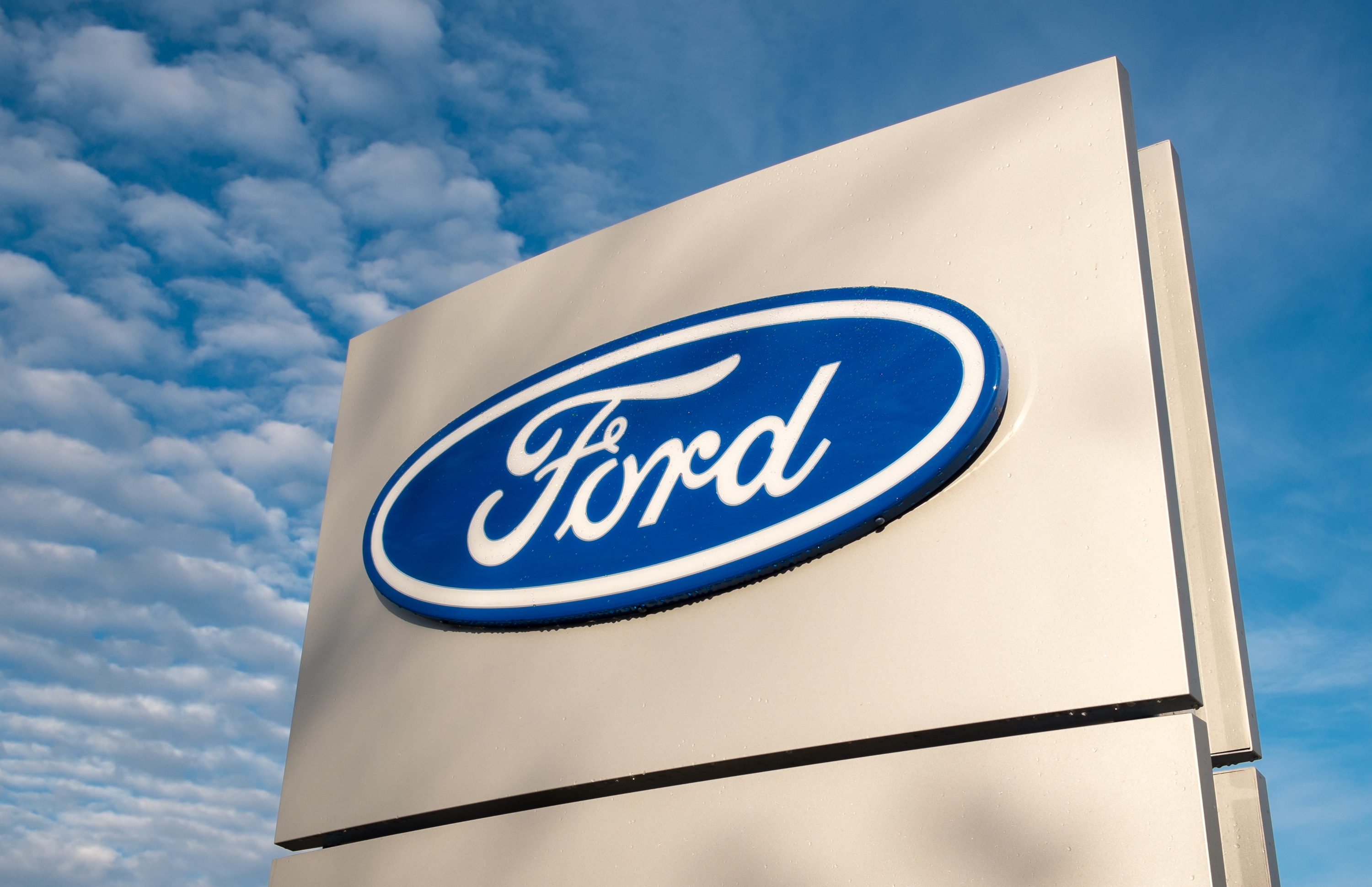Ford halts Quebec battery project amid shift in EV strategy
Opinion Pieces

27
Aug
2024
Ford halts Quebec battery project amid shift in EV strategy
Ford announced that it had halted construction of its Bécancour cathode active material (CAM) project from the 5th August.
The project, which is a joint venture (JV) between Ford, EcoPro BM and SK On, initially started construction in August last year, but has since seen multiple delays. This delay follows Ford’s recent shift in EV strategy, in which it announced it would be scrapping the production of its three-row electric SUV and introducing additional hybrid models. Pressure has been rising for Ford and other legacy automaker to produce affordable models, admitting that consumers are unwilling to pay higher prices seen on many higher-end models. Larger margins are often seen with larger ICE vehicles, however, for EVs this is not the case. Larger EVs require bigger battery packs, which contribute a significant portion to total production cost and push up the price of EVs.
PHEVs and hybrids represent a bridging technology between ICE and BEVs and would ease some of the pressure for battery and material sourcing as they require fewer cells per pack. As a result, Ford’s demand for midstream materials (AAM/CAM) and battery cells will be eased over the coming years, requiring this slight shift in production strategy to match that of its model line-up. However, the degree by which this midstream production capability will be shifted is not yet known.
Although PHEVs are an attractive option for consumers that are not yet ready to switch to BEVs, they come with their own challenges for OEMs. Due to the need for multiple powertrains, manufacturing PHEVs is also expensive, leading to tighter margins than traditional ICE. PHEVs are therefore likely a short-term solution to ease pressure, rather than a long-term strategy for OEMs. In addition, ICE models will continue to be replaced by hybrid versions to bolster sales from consumers that are not willing to drive BEVs. Favouring PHEVs in certain models will also allow a focus for affordable EVs lower in the range, which are crucial for the next step in mass market penetration and the success of legacy automakers in the years to come.